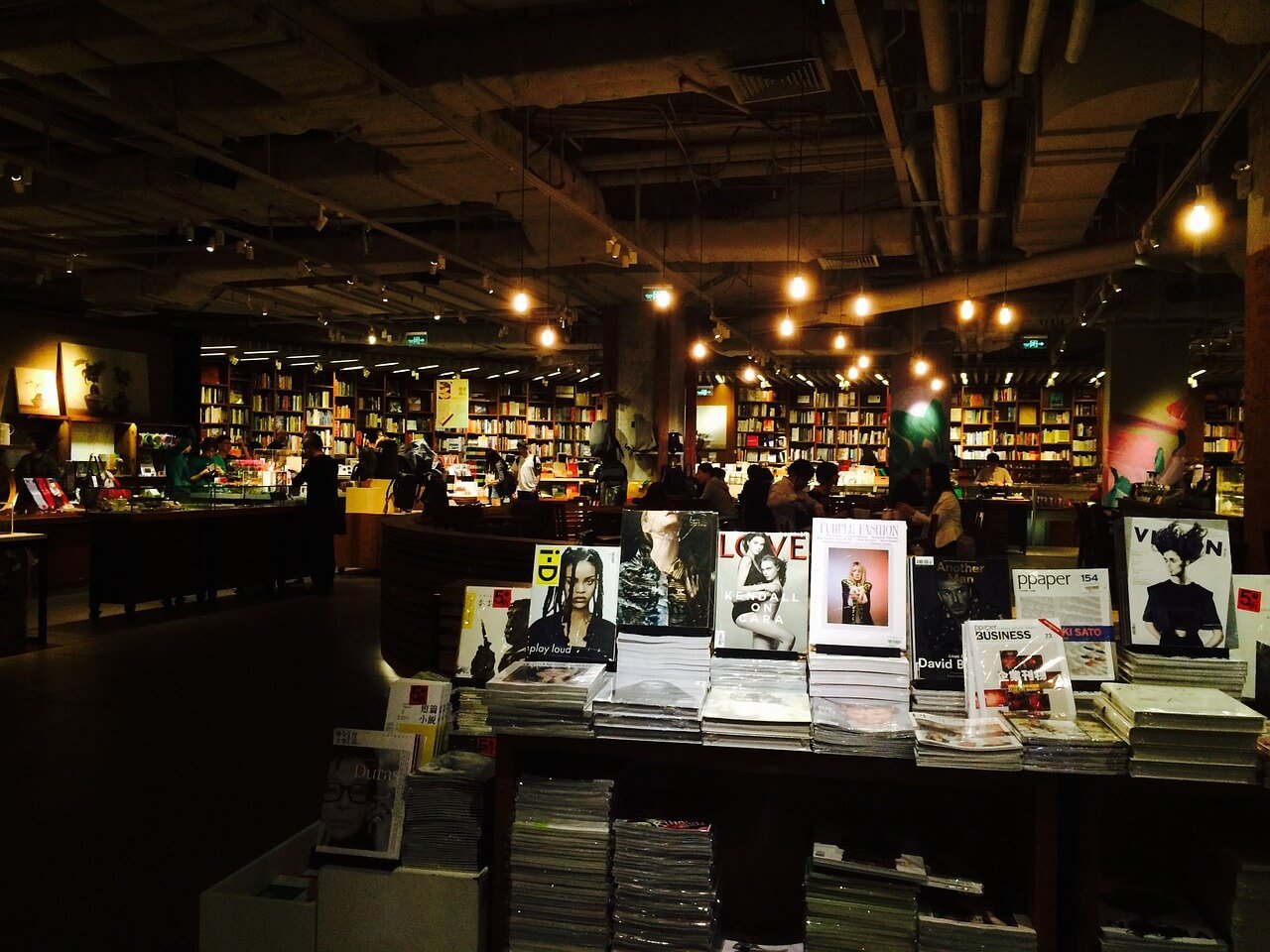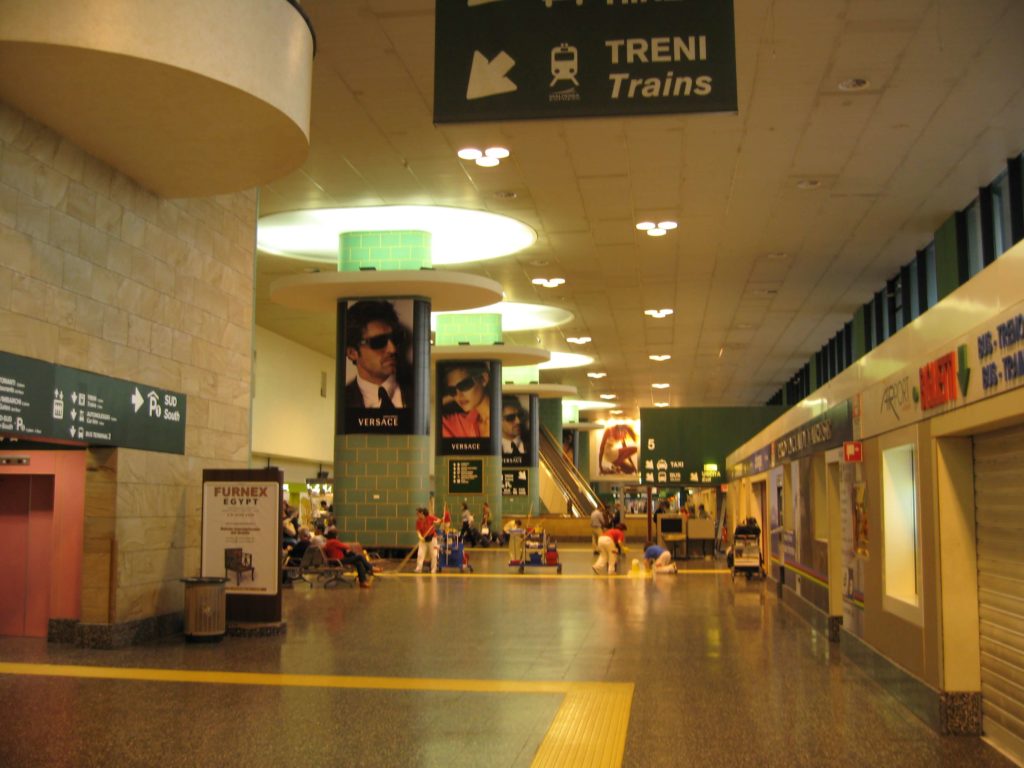Business
How do we keep bookstores alive in the age of Amazon?
With the rise of online retailers, how can bookstores survive and even thrive?

I have a love affair with bookstores: the search, the smell, the tactile sensation of turning pages. I’m convinced I’m not alone. There are lots of customers who still love bookstores.
But bookstores keep shutting their doors. Is the bookstore doomed? Yes, I‘m afraid it is—if it continues to compete with Amazon on price and volume. That’s a losing battle. But if bookstores compete on qualities that Amazon will never be able to duplicate, I believe there’s hope.
Capitalize on reviews and recommendations
At Milan’s Malpensa Airport, I noticed how passengers were directed via different colored lines. Transit: red. Exit: green. Shopping: yellow. As soon as I figured out the system, I never looked up anymore; I merely followed the red stripe on the floor.
What does this have to do with bookstores?
Amazon introduced the concept of mass-reader reviews. Bookstores have the ability to take this even further. Reading the right book gives us a sense of power, influence, and newness. It makes us interesting, gives us a reason to talk, and puts us in the center of things. That’s the role a bookstore should assume.
Every bookstore has authors popping by to sign books. This should be the heart of any smart bookstore as it brings customers close to the source.
Every author is a repository of great books, amazing knowledge, creative thoughts, and reflections. The bookstore might ask each prominent author to create a line through the store. If a store is lucky enough to host a popular writer like E. L. James, author of “Fifty Shades of Grey,” they could ask her to pinpoint 10 books she adores. Assign the color grey to her (of course!). Draw a grey line through the store, leading the customer on a tour of James’s beloved books. Interview James about these books. Which book made her cry, which changed her life, which inspired her? Record the interview, place iPads around the store, and let visitors play the video as they follow the grey line from book to book.

Milan’s Malpensa Airport has an orderly system that uses colored lines to make it easier for passengers to navigate around the premises. (Photo by Jnpet via Wikimedia Commons. CC BY 3.0.)
Stimulate all of a reader’s senses
But recommendations can’t be the only answer. Bookstores need to tap into customers’ sensory experience.
How many cookbooks are released these days? What about garden books? Do-it-yourself books? Think of all the book genres that lend themselves to sensory exploration.
In my opinion, the entrance of every bookstore should become a sensory exploration zone: a movable kitchen, a mini-garden, a tool shed—something which not only catches the customer’s eye but generates interest by stimulating all the senses.
I would allocate two or three days a week for new cookbook authors to visit the store, bring their own ingredients, and use the kitchen free-of-charge. The bookstore would fill with the aroma of cookbooks.
I would invite garden authors to bring pots, seeds, and plants, and demonstrate some of their garden tricks. Do-it-yourself authors could come and demonstrate their skills, everything from building a model plane to restoring a door. Then I’d promote their books—in the store and online.

Bookstore entrances should be a self-exploratory zone, such as employing the help of cookbook authors. (Source)
There’s no way bookstores can compete on price and selection with Amazon. Period.
But there’s no way Amazon can compete on the smell from the most amazing roasted chicken, the revelation you’ve just learned as you’ve witnessed first-hand how to renovate your beloved chair or the Aha! moment as Ms. James introduces you to her source of inspiration while you walk through your favorite bookstore.
Show me where this bookstore is, and I’ll go in a heartbeat. Wouldn’t you?
—
DISCLAIMER: This article expresses my own ideas and opinions. Any information I have shared are from sources that I believe to be reliable and accurate. I did not receive any financial compensation in writing this post, nor do I own any shares in any company I’ve mentioned. I encourage any reader to do their own diligent research first before making any investment decisions.

-

 Africa3 days ago
Africa3 days agoSurging Expenditures Widen Morocco’s Budget Deficit Despite Revenue Growth
-

 Markets2 weeks ago
Markets2 weeks agoSoybean Market Reacts to Trade Hopes, High Stocks, and Global Price Pressure
-

 Cannabis11 hours ago
Cannabis11 hours agoGermany Moves to Curb Medical Cannabis Abuse, Sparking Access Concerns
-

 Cannabis1 week ago
Cannabis1 week agoSwitzerland Advances Cannabis Legalization with Public Health Focus

























You must be logged in to post a comment Login